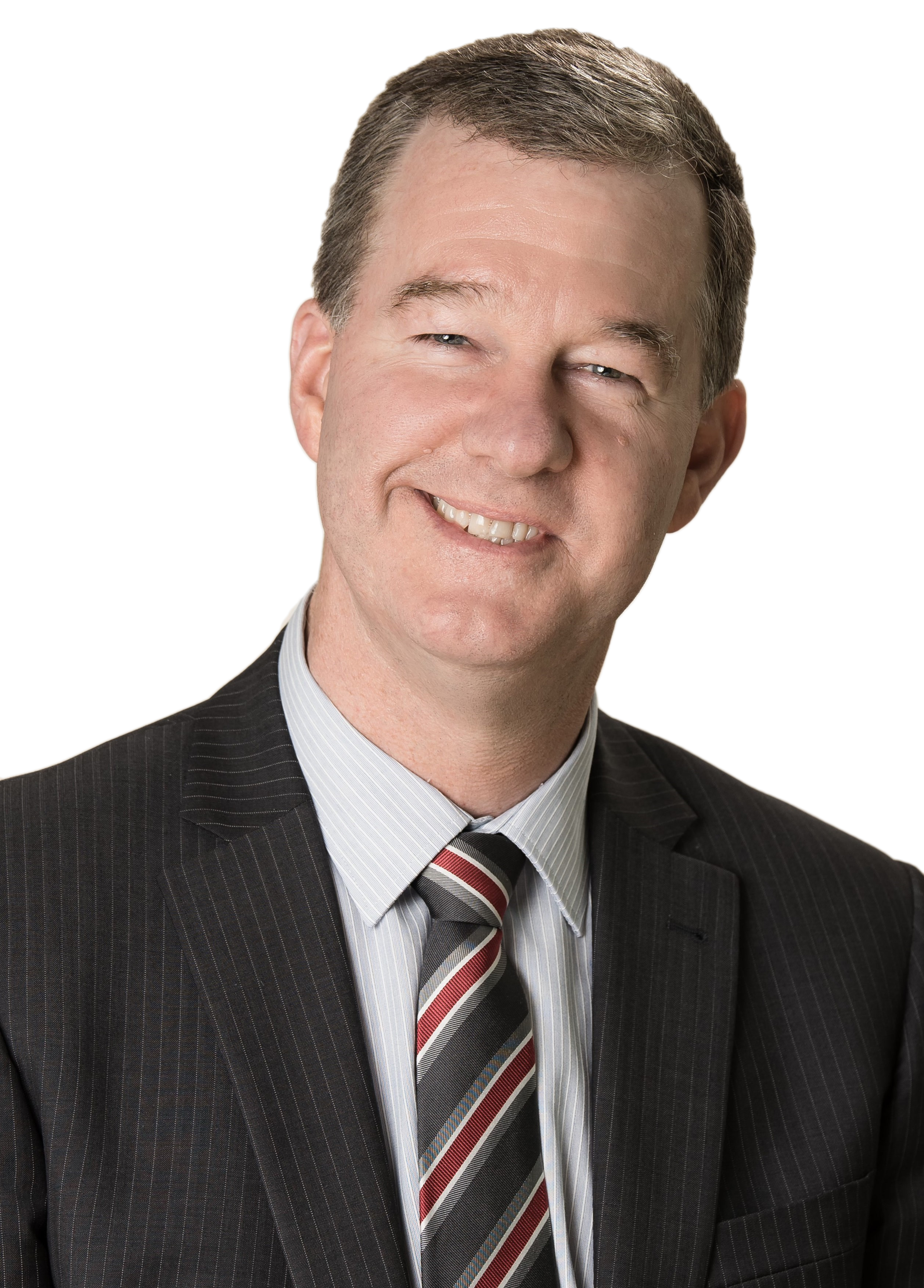A total returns approach to rebalancing

Summer’s nearly over – it’s time to relegate the swimwear and shorts to the back of the cupboard and shift into full gear to meet this year head on. Items on the to do list for most of us include settling the kids into the new school year, mentally preparing for a physical return to the office and restarting our exercise regime. But regardless of which life stage you’re at, it is good to also put a review of your investment portfolio on your to do list and consider whether a rebalance is necessary.
Does the allocation of your portfolio to shares, fixed income, property and cash look right? If your portfolio allocations have shifted – take this opportunity to retune your asset allocation so you’re set to reap the benefits when the eventual rebound in shares kicks off.
Or if recent market movements felt more like a rollercoaster ride than momentary ups and downs in the road, now may be a good time to reconsider your risk tolerance as it is likely that your risk appetite and asset allocation are not in sync.
With the share market likely to continue experiencing volatility over the short to medium term, having a plan in place and keeping the portfolio in line with your goals and risk tolerance reduces the likelihood for rash decisions following a potential market correction. If you’ve taken on more risk than you can tolerate, then losing your nerve and selling out of your strategy at the worst possible time can be really damaging both emotionally and also to your hip pocket.
For retirees or those approaching retirement, it could be tempting to increase your portfolio’s allocation to equities in the hopes of making up for the short fall caused by capital losses when the market eventually grows again but consider that this could mean taking on immense risk at the most conservative phase of your investment journey, and is likely not in your longer-term best interest.
But the good news for retirees is, Vanguard expects that rising interest rates will likely reduce rising inflation and create a higher real interest rate environment that could potentially provide a boost for fixed income returns. And while investors will continue to experience market volatility, the transition to the higher interest rate world is likely to curtail the most speculative parts of the financial markets at the edges, but is unlikely to upend bond markets.
There are a few ways that you can use to rebalance your portfolio, but ultimately, you must decide how far you are willing to let your portfolio drift from its target asset allocation while also considering how much you are willing to pay in rebalancing costs.
The other element to consider when reviewing your asset allocation is how you construct your portfolio. Some portfolios are designed with an income-oriented strategy in mind, with the goal of spending from interest and dividends while preserving capital. But Vanguard research has found that adopting a total return approach to constructing investment portfolios would provide a better alternative to most investors.
The total return approach
So what is a total return approach? Instead of targeting a desired level of income, it begins with your goals and risk tolerance and then matches the asset allocation to your risk-return profile. It takes into account all sources of return from your portfolio, both income and capital (hence the term total return), while controlling risks by using diversification, minimising costs and remaining disciplined over time. Then you set a prudent spending rule that sustainably supports your spending needs.
As yields on traditional bond and balanced portfolios have fallen over the past 20 years, some investors opted to chase additional yield by overweighting higher income producing assets, taking on more equity or credit risk and introducing unintended factor or sector tilts. This can lead to inappropriate risk exposure.
The total return approach ensures that portfolio risk is aligned to the investor’s risk tolerance, it also allows investors to control the size and timing of withdrawals, using the capital returns when necessary.
With a total return approach, the capital gains of the portfolio are spent to make up shortfalls in periods where the income yield of the portfolio is less than your spending needs or goals. This approach helps smooth out spending over time, as long as the total return drawn from the portfolio doesn’t exceed the sustainable spending rate over the long term.
It also requires you to be disciplined to reinvest a portion of income yield during times when the income generated by the portfolio is higher than the sustainable spending rate. It should also be noted that since capital returns - best represented by the price movement of shares - can be volatile, taking a long-term view is paramount.
The ongoing volatility and market turbulence can be worrying over the short term, but history has proven time and again those who build their portfolios in line with their goals and risk tolerance and who remain disciplined by rebalancing their portfolios back to their target asset allocation are being rewarded over time.
Inna Zorina
15 Feb, 2022
vanguard.com.au







